Please complete the form below, and one of our experts will be in touch.
If you would like to send a technical drawing with your enquiry, please email heavysprings@lesjoforsab.com
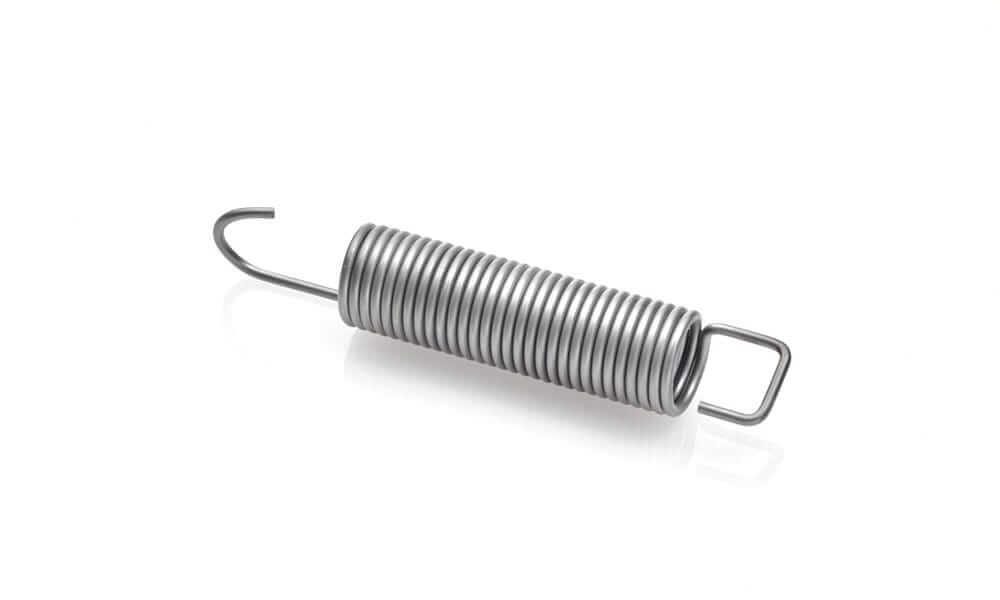
Springs, by design, are intended to absorb and release energy, providing flexibility and resilience. However, like all mechanical components, they are subject to wear and fatigue over time and prolonged use. You may ponder the question ‘Do springs lose tension over time?’, and rightly so. Understanding the factors that influence the longevity and performance of springs is crucial for ensuring their reliability and efficiency. Join us as we examine whether springs can lose tension over time, and what we can do to counteract this.
Most of us go about our daily lives without giving much thought to the springs which are vital for the operation of so many household objects and manufacturing procedures we benefit from. From deckchairs to car suspension systems and everything in between, springs are used in all manner of ways to make our lives easier.
But how do springs work, and how is tension created?
Springs use tension to store and release energy, providing a means to absorb shock, maintain force, or return to a specific position. When a force is applied to a spring, it either compresses (compression spring) or stretches (extension spring). This deformation stores potential energy within the spring's material. The stored energy creates a force that attempts to return the spring to its original shape. The force of the energy is proportional to the degree of deformation and so tension is vital for springs to work as intended.
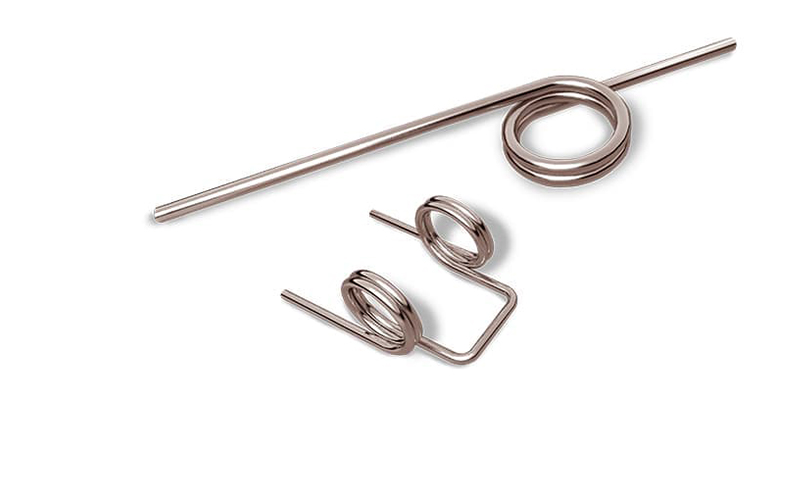
When a spring loses its tension, it is less able to store and use energy by compressing or stretching when a load is applied. A spring can lose its tension when the spring loses its ability to retain its original shape and strength under force. Sometimes this tension loss can be temporary, but in other cases it is permanent.
Temporary tension loss occurs when a spring temporarily loses some of its tension due to short-term factors but can recover its original tension once these factors are removed.
Common causes include;

Permanent tension loss is more concerning than temporary tension loss, as it indicates irreversible changes in the spring's structure and a permanent decrease in its ability to store and release energy.
Creep: When a spring is subjected to a constant load over an extended period, it can slowly deform due to creep, particularly at high temperatures. This leads to a gradual yet permanent loss of tension.
Several factors can influence the tension loss of springs over time and understanding the causes is crucial for maintaining their performance. The following factors can impact the spring's ability to maintain its original tension and overall functionality.
The type of metal or alloy used in the spring affects its strength and durability. High-quality materials like stainless steel or high-carbon steel typically offer better resistance to fatigue and corrosion. The method of manufacturing is also a vital part of this, including heat treatment and surface finishing. This can significantly impact the spring’s durability to wear and fatigue and help a spring resist tension loss.
Springs subjected to higher loads, especially those close to or exceeding their design limits, will experience greater stress and a higher likelihood of tension loss. Likewise, repeated loading and unloading cycles can lead to material fatigue, gradually reducing the spring's ability to return to its original shape and tension and prolonged application of a load can cause creep, leading to permanent deformation and spring tension loss.
Exposure to extreme temperatures can affect the material properties of the spring. High temperatures can cause the metal to soften, while low temperatures can make it brittle. Exposure to moisture, chemicals, and other corrosive elements can degrade the spring material, leading to pitting, rusting, and a reduction in tensile strength.
Regular inspection, proper usage within design limits, and protection against environmental factors can help mitigate these issues, ensuring springs remain reliable and effective in their applications.
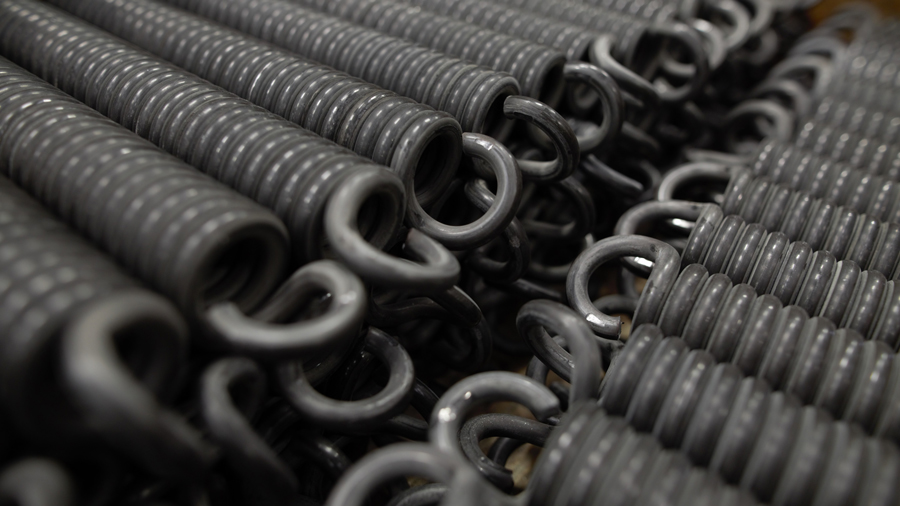
Testing and measuring tension in a spring is essential for ensuring its performance and longevity. Various methods can be employed to assess the tension, depending on the precision required and the spring's application.
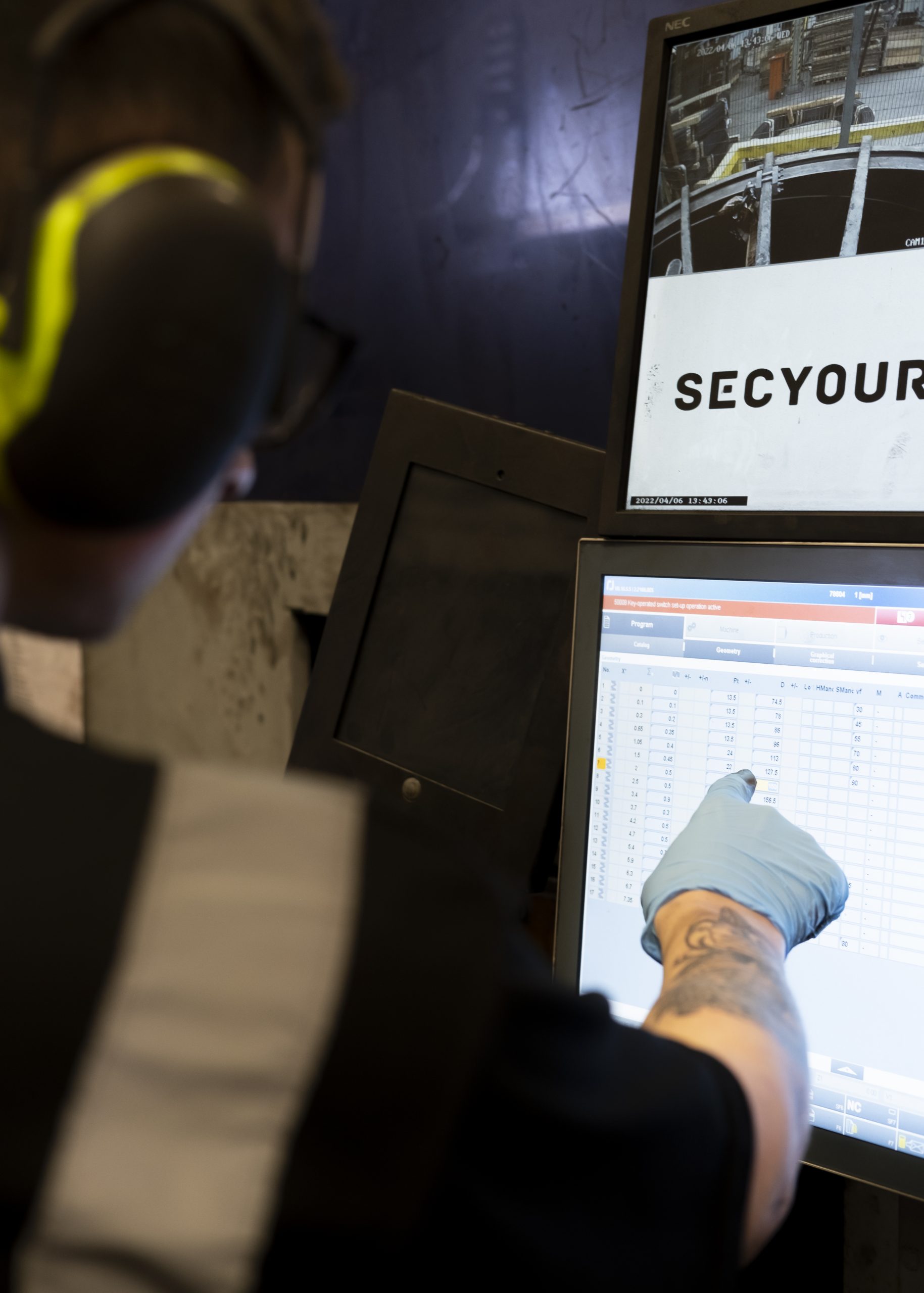
Preventing tension loss in springs is paramount to not only increase their longevity but also to ensure you don’t fall foul to the hazards involved in using faulty springs.
Never overload a spring, and ensure that it is kept within the parameters of the recommended temperature for optimum performance. If you are repeatedly using a sprung mechanism, be sure to make regular checks to assess its functionality and maintenance.
Store springs in a clean, dry environment to prevent contamination by dust, dirt, or moisture which can lead to corrosion. Maintain a consistent temperature and humidity level in the storage area. Avoid extreme temperatures and high humidity, which can cause material degradation or corrosion. Do not stretch or compress springs beyond their design limits during handling to avoid permanent deformation or damage.
Material selection and design considerations are crucial for ensuring the optimal performance, durability, and reliability of springs in their intended applications. For example, high tensile strength materials can withstand greater forces without deforming, whilst materials with a higher elastic modulus provide better stiffness and resistance to deformation.

Depending on the intended use, different types of springs use different types of tension. By carefully selecting the right material and considering the specific design requirements, engineers can ensure that springs meet the performance, durability, and safety standards necessary for their applications.
Whilst springs can and do lose tension over time, careful selection, proper use, and ongoing maintenance can ensure that you minimise the risk of this happening. If you have ever wondered ‘Do springs lose tension over time?’ we hope that our concise exploration of tension spring loss has answered your questions and will help you to be able to better maintain your own spring mechanisms. If you have any questions about springs losing tension, please do get in touch with our engineering team who will be only too happy to help.
We are world-leading heavy duty spring manufacturers, delivering the greatest expertise in compression, torsion and tension spring manufacturing.
Delivering impact to every industry, we guarantee spring solutions that will optimise your performance and success.
